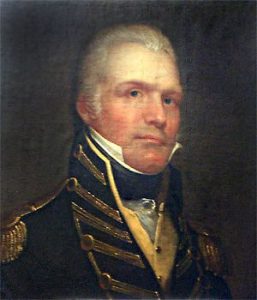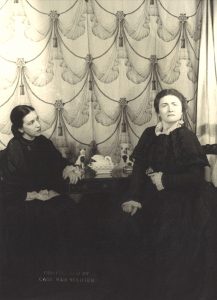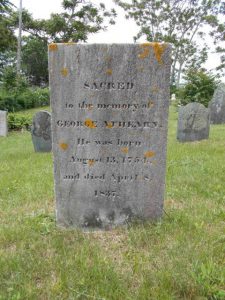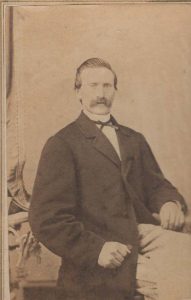[Author’s note: This blog post originally appeared in Vita Brevis on 9 June 2016.]
 I am fortunate in having photographs of many of my relatives, and more fortunate still in that I can identify so many of them. Often the work has been done for me, as to names; sometimes my work is cut out for me in terms of fitting them into the family tree. I have photos of all four of my grandparents as children, in the early years of the twentieth century, so I’m also lucky that my great-grandparents (or other relatives) took the trouble to take them to a professional photographer to be recorded.
I am fortunate in having photographs of many of my relatives, and more fortunate still in that I can identify so many of them. Often the work has been done for me, as to names; sometimes my work is cut out for me in terms of fitting them into the family tree. I have photos of all four of my grandparents as children, in the early years of the twentieth century, so I’m also lucky that my great-grandparents (or other relatives) took the trouble to take them to a professional photographer to be recorded.
My paternal grandfather, Gilbert Livingston Steward (1898–1991), was photographed by Scheur of New York – I think! It is one of the photos in my paternal grandmother’s album, and I like to think it was a present from my great-grandmother[1] at the time of my grandparents’ engagement in 1927. The photo shows GLS at about the time he went off to St. George’s School in Rhode Island. Continue reading ICYMI: Another day at the beach







